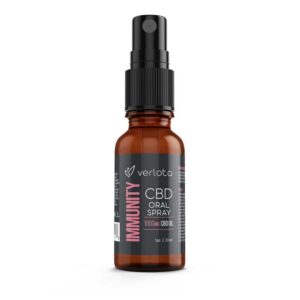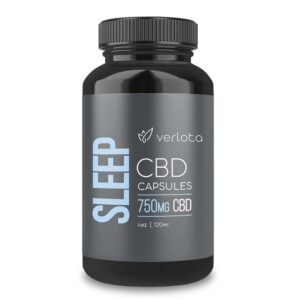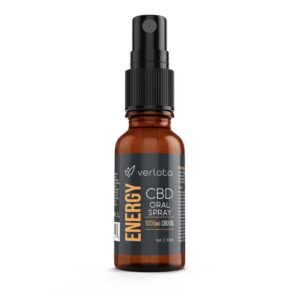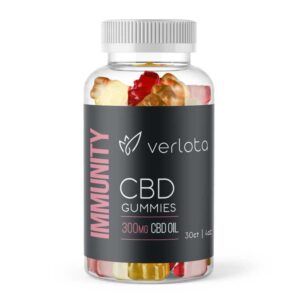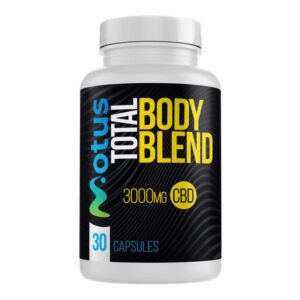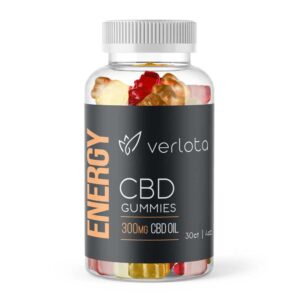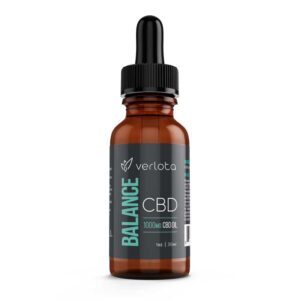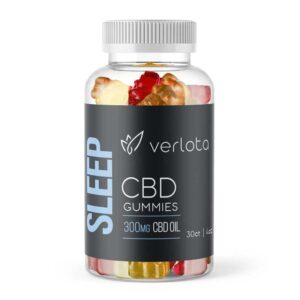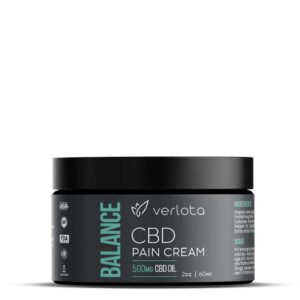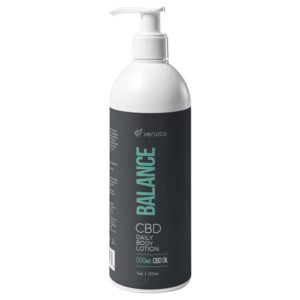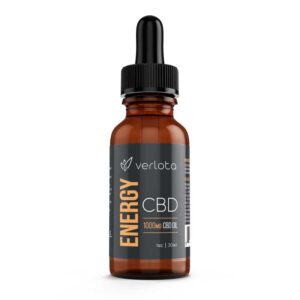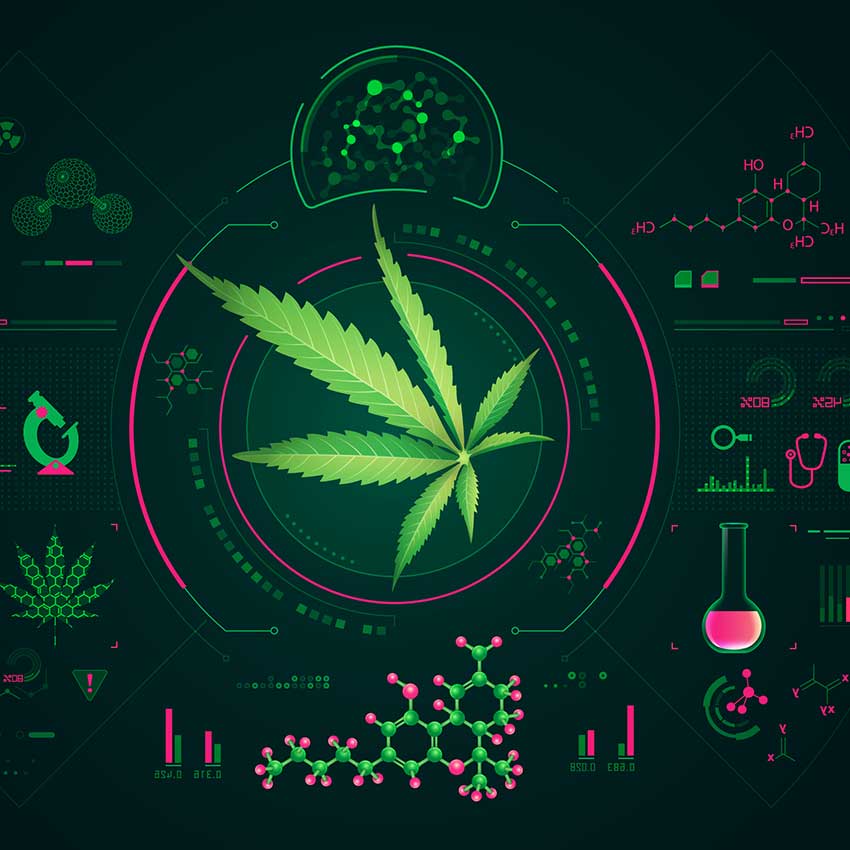
There’s a lot of confusing words and terms surrounding the mystical plants we know as cannabis & hemp. Phytocannabinoids, Endocannabinoid Systems, terpenoids, flavonoids, and many more befuddled terminologies that many people find more daunting than the plants themselves. What does it all mean? When did all this research surrounding cannabis & hemp happen? It might seem more like something out of science-fiction, but cannabis & hemp have been the focus of significant amounts of research in recent decades. In our quest to understand their biochemical effects on human health, many countries like Israel, the United States and Canada have spent significant resources trying to unlock the secrets of these miraculous plants.
There’s been a revolution of sorts in the cannabis research departments all over the world and we’re just getting started when it comes to new & exciting discoveries. As the general public continues to wake up to the profound health benefits of CBD, it behooves companies like ours to help you – are amazing customers – to understand this fascinating world of cannabinoids and terpenes. So what exactly are terpenes? How do you describe cannabinoids? Both terpenes and cannabinoids come from the same glands in the plants, but these plant compounds are more like close cousins than siblings. There are many differences between the two, but also many synergies in how they interact with our minds & bodies.
With so many possible combinations of plant strains, terpenes profiles, and cannabinoids concentrations the practical uses for cannabis and hemp products are seemingly limitless. What are some of the most well-known cannabinoids and terpenes in hemp? What are these terpenes used for? Do any of these terpenes get you high? Are there any kinds of products that combine terpenes and CBD already? Let’s dive into this surging tide of questions and bring the answers to the surface.
CANNABINOIDS, TERPENES & ECS, OH MY!
Show Me the Cannabinoids
Most people know about the usual suspects THC and CBD, but did you know that these cannabinoids are just two of hundreds of organic compounds known to inhabit plants like cannabis and hemp. Tetrahydrocannabinol (THC) was once thought to be the main ‘active ingredient’ in cannabis for many years. It was assumed that this nasty phytochemical was responsible for turning potheads into the stoner-zombies that many people stereotyped them to be. Cannabis still has its share of stigmas associated with it, but it wasn’t until the last 15-20 years that the public changed the way they viewed cannabinoids. Along came another magical cannabinoid called Cannabidiol (CBD), one that doesn’t have any psychoactive effects, and suddenly everything we knew about cannabis & hemp was turned on its head. Let’s be real – cannabinoids like THC, CBD, CBG and CBN aren’t new, in fact there’s been steady research into this field of phytocannabinoids since the 1950’s. Nonetheless, social, medical and political acceptance of these potentially life-changing plant compounds was necessary before any of the scientific community’s resources could be devoted to researching these unique plants.
There are over 100+ known cannabinoid phytochemicals today, but most researchers warn that we’re simply scratching the surface when it comes to mapping them out and understanding their effects on human health. A good starting point for learning about cannabinoids is to understand how they are produced, what they are for and how they can influence your mind & body. Cannabis & hemp have unique cannabinoids associated with them and their variable subspecies, but in general the founding 8 cannabinoids that form the foundation of the cannabinoid profiles are:
THCA – the most abundant phytochemical in most strains of cannabis, this acidic form can be decarboxylated and broken down into the psychoactive compound THC
THCVA – the shorter chemical structure form of THCA
CBDA – another very common cannabinoid acid which can be derived into the non-psychoactive form of CBD
CBDVA – the shorter chemical structure form of CBDA
CBGA – this cannabinoid acid has its own host of effects on the body, but it is typically associated with forming additional THCA or CBDA when exposed to certain conditions – therefore it greatly impacts the levels of THC or CBD in a given strain
CBGVA – the shorter chemical structure form of CBGA
CBCA – the derivative of this cannabinoid acid is CBC, most commonly attributed with supporting the pain-fighting or anti-inflammatory properties of THC.
CBCVA – the shorter chemical structure form of CBCA
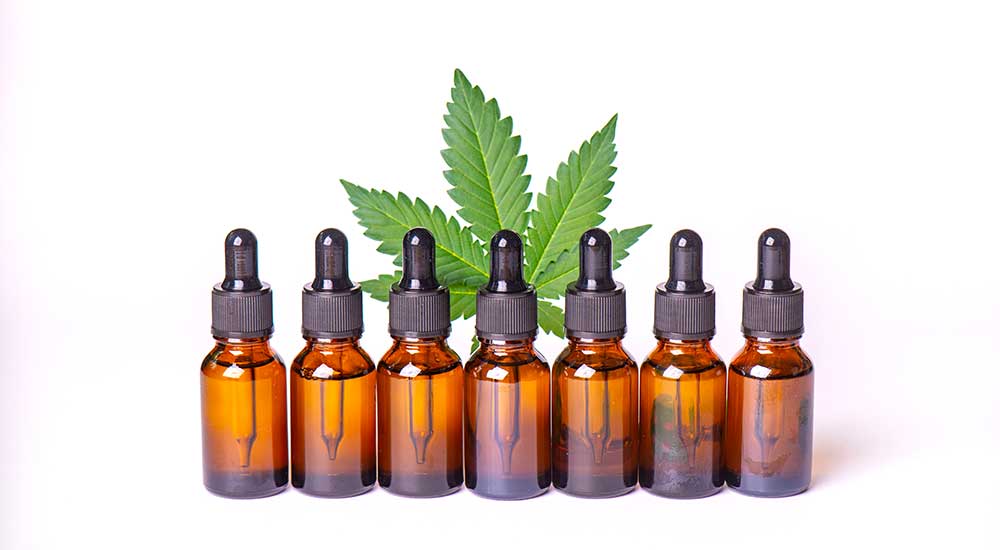
All of these eight cannabinoid acids form the basis for all of the other cannabinoid formulations, but the precursor cannabinoids are CBGA and CBGVA. All other cannabinoids come from these two progenitor compounds – according to different chemical reactions to temperature, light or a variety of other factors. Acidic forms of cannabinoids are not inherently psychoactive, but they can combine to impact other kinds of effects on our biological systems. For instance, one of the leading reasons that cannabis or hemp produce these cannabinoids in the first place is to fend off pests or infectious bacteria. By secreting these phytochemicals, the plants can ward off invasive pests or prevent bacterial infections through the antibiotic properties of these cannabinoid acids. This might shed some light on the fact that cannabis or hemp cream makes for such effective topical relief from inflammation or irritation to the skin.
There’s a lot more to cannabinoids than just understanding their chemical structures, but we’ll look at the most common cannabinoids found in hemp a little later on in this article.
What Are Terpenes, Exactly?
So, if cannabinoids are the chemical compounds that the plants produce with a variety of effects, what are terpenes used for? Well let us ask you this: “Have you poured yourself a cold glass of lemonade and been refreshed by the fresh, citrusy aromas before you even take a sip?”. If so, then you’ve already encountered terpenes! Terpenes are essentially what makes a fruit citrusy, what gives certain plants their pungent aromas or distinct tastes. When the calming scents of lavender wash over your senses, or you take a juicy bite of an orange you’re being enveloped in the terpenes of these fruit & flowering plants. Even trees like pine get their sharp, musky aromas from their terpenes. Simply put, terpenes are a major player in shaping your sensory experiences with many of the plants we know and love – whether we’re ingesting them or surrounding ourselves with them. When you think of terpenes, think flavors & fragrances.
Terpenes should not be confused with another popular term that’s often used interchangeably – terpenoids. Terpenoids are brought about through oxidation (introducing oxygen via drying, curing or being exposed to fluctuating conditions). Terpenes, on the other side of the coin, are hydrocarbons (combinations of carbon and hydrogen). Basically, introducing oxygen will oxidate terpenes and cause their chemical makeup to change into terpenoids. Both terpenes and terpenoids are secreted from glands found in the trichomes – the white, sugary-looking protrusions found all over the surface of the cannabis flowers.
There are well over 20,000 terpenes that have been discovered to-date, of which cannabis & hemp are known to have 100+. Terpenes like myrcene, linalool, limonene and pinene are fairly well known types of terpenes found in cannabis. There are far too many terpenes to map them all out in this article, so we’ll stick to detailing the most prominent ones found in hemp.
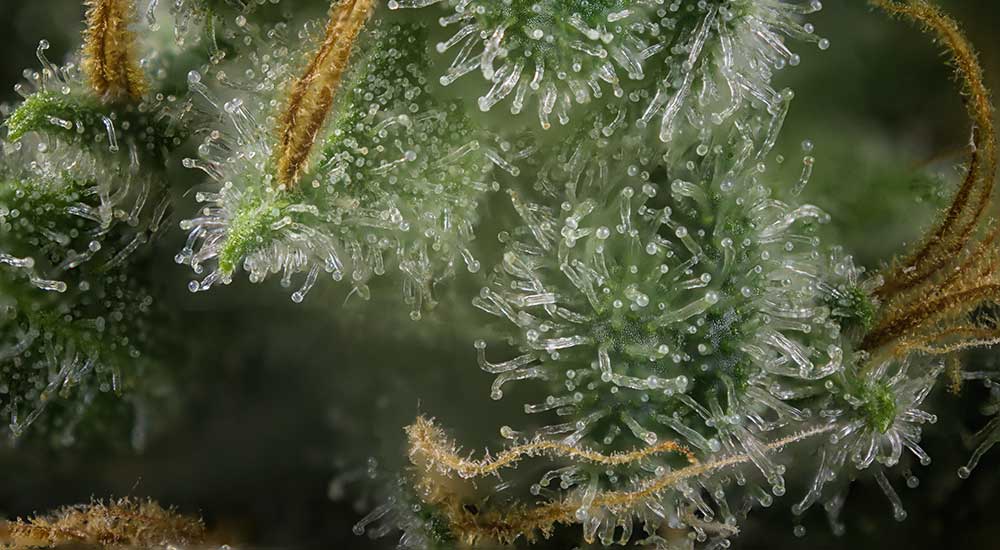
TERPENES & CANNABINOIDS FOUND IN HEMP
Cannabis has been the focus of much of the buzz when it comes to scientific research, but as this plant remains an illicit substance across the globe, it’s important for people to instead look towards its cousin in the Cannabacae family: hemp. Hemp has been at the forefront of the news in recent years and it has overtaken cannabis in terms of public support and funded research. Unlike cannabis, hemp was federally legalized in the United States in December 2018 with the ratification of the Farm Bill. Although certain States have gone the extra mile and legalized cannabis production, sale and consumption, only hemp has been approved at the federal level and is now saleable across the entire country.
Since early 2019, hemp CBD companies have been cropping up (no pun intended!) quicker than the hungry consumer base could snatch up their bottles of CBD oil or hemp-derived creams, balms and sprays. Nowadays, hemp cannabidiol has become one of the fastest growing health supplements & natural remedies in the entire global health product market ($150 Billion USD). There’s no denying the impacts that hemp products have had on peoples’ journey towards better health, but how many of these health-conscious individuals know how/what/why hemp CBD with terpenes can be so beneficial?
The answer doesn’t lie with either cannabinoids or just terpenes, but in the sum of the whole being more beneficial than each part – referred to as the entourage effect. Cannabinoids like CBD, THC or CBN are responsible for their own unique array of health advantages, but when they work together they can achieve even more staggering results. This entourage effect goes the same for terpenes – they can synergize with cannabinoids and other terpenes to create more potent effects, more intense sensory stimulation (flavors, aromas) or have a wide spectrum of influences on our health. Hemp might have fewer variations of plant compounds than cannabis, but it is not lacking in the potency department – especially if you know what to look for.

Terpenes & Cannabinoids Chart
CANNABIDIOL:
First of all, CBD is the obvious starting point because it is the cannabinoid that has received the most attention in recent memory. Because it is non-psychoactive (it does not cause any sort of “high” like with THC), CBD has been given the greenlight by policymakers. In fact, Cannabidiol even counteracts the psychoactivity associated with THC products! For this reason – among many others – a lot of first-time CBD users start taking it in order to balance the effects of THC products they’re taking, or to replace them altogether. Thankfully for hemp proponents, most hemp plants have little-to-no THC content inherent within them (<0.3 % is the legal limit in order to be considered a saleable product in the United States). CBD has been shown to positively impact pain, inflammation, anxiety, gastrointestinal issues, lethargy, stress and muscle elasticity. The list of its benefits keeps growing larger with each new study published, so it’s safe to say that Cannabidiol is here to stay.
Myrcene:
This terpene has a very distinct aroma that is rich with musk, earthiness and almost clove-like. Myrcene is one of the better known terpenes due to its proliferation amongst many strains of cannabis or hemp. The Myrcene terpene is most closely associated with inducing relaxation, supporting one’s focus and being taken as a sleep aid. Myrcene can often be found in other common fruits, vegetables and spices such as mangos, hops, thyme and lemongrass.
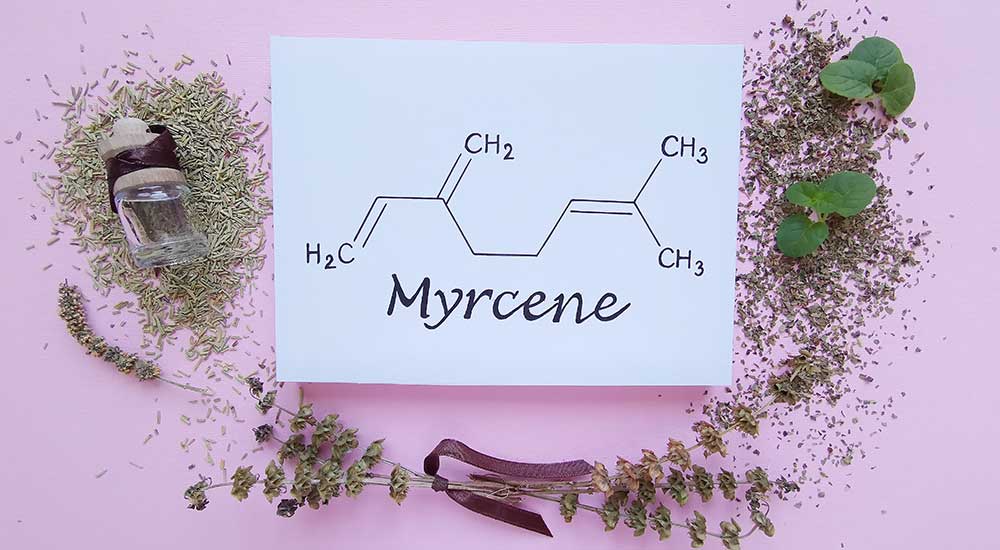
CANNABINOL:
Often mistaken for its more popular counterpart (Cannabidiol), CBN is actually a derivative form of THC. When oxidized, Tetrahydrocannabinol can break down into Cannabinol – although CBN is not known to be psychoactive. Because it originates from THC or THCA, CBN can be difficult to collect from hemp crops in high concentrations. Nevertheless, it is growing in popularity for its ability to sedate when ingested. Cannabinol also promotes digestion and appetite, and it may have significant benefits for brain health (but more research is needed to pinpoint its effects in these areas).
Pinene:
As its name suggests, Pinene gives off that sharp piney aroma that we associate with the freshness of the outdoors. Pinene is energizing, can improve a person’s mood and even works towards improving memory and mental alacrity. Also prominent in pine trees (obviously), dill, basil, parsley, rosemary and other herbs & spices, Pinene is one of the favorite cannabis terpenes for its invigorating inhale and soothing exhale.
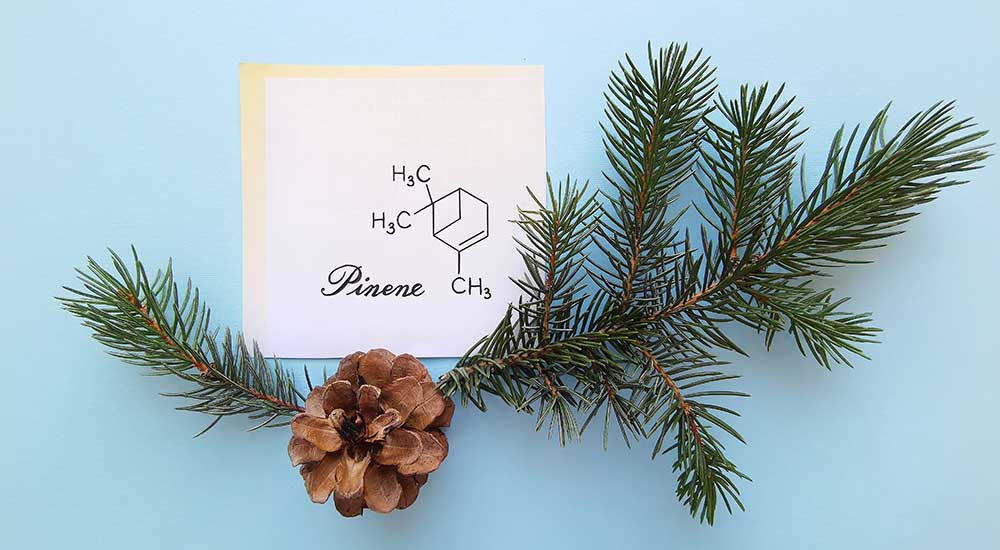
CANNABIGEROL:
Are you noticing a theme here? Whenever cannabinoids or cannabis terpenes are discovered they often through “canna” in front of a scientific term like “mene”, “erol” or “noid”. Wherever they derived the name from, CBG is one of the most heavily studied cannabinoids due to how it influences the other cannabinoids. Whether its cannabis or hemp, CBG is usually a very small percentage of the overall cannabinoid makeup of a plant but it can determine the overall potency of the sought-after ones like THC or CBD. CBGA – the acidic form of CBG – is the progenitor compound for THCA, CBDA, and many others. So, without CBGA or CBG there could be less medical properties for humans to benefit from. As a plant builds up its CBD, the CBG content will be reduced as it changes into the “active ingredients” we so covet. Think of CBG as the batter and CBD as the cake (and maybe THC could be the icing, sprinkled with a few extra treats like CBN or CBC).
Linalool:
Linalool isn’t just fun to say, it also provides a very thorough mood boost or helps us to charge our systems up against sickness and fatigue. Linalool has a lavender-like quality to it – which supports its function as a mood enhancer and stress reducer. This terpene has a powerful floral scent to it that lingers in the olfactories. You might think that Linalool is calming like lavender, but its actually this terpene that might be the primary cause of lavender’s well-documented relaxing properties. Talk about the chicken-and-the-egg scenarios!
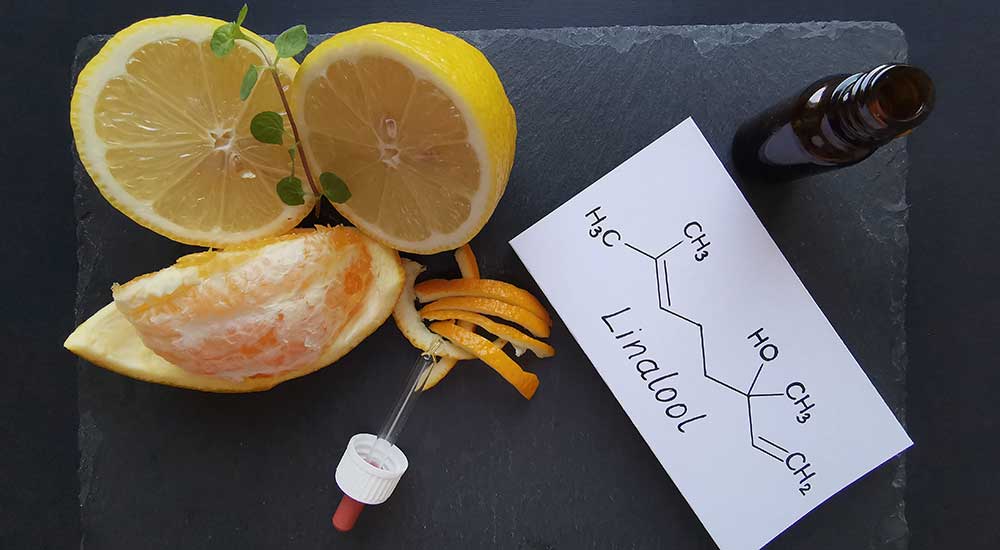
CANNABICHROMENE:
The CBC cannabinoid – no association with popular Canadian tele-radio company – is another non-psychoactive plant compound that has some catching up to do before we know as much about it as our favorite phytochemical CBD. Cannabichromene is being looked at as a possible treatment for severe depression or chronic anxiety disorders. Plants with higher CBC potencies can be found where another beneficial compound comes in abundance: vitamin D. Cannabichromene-high plants are usually found in tropical or warmer climates.
Limonene:
Known for lowering the frequency & severity of anxiety or stress attacks, Limonene is very distinct with its citrusy smells and tastes that mimic lemons, limes, oranges and other distinctly citrus fruits. This terpene is the most commonly used outside of cannabis or hemp, as it is popular for cleaning products, deodorizers and sensual products like candles or massage oils.
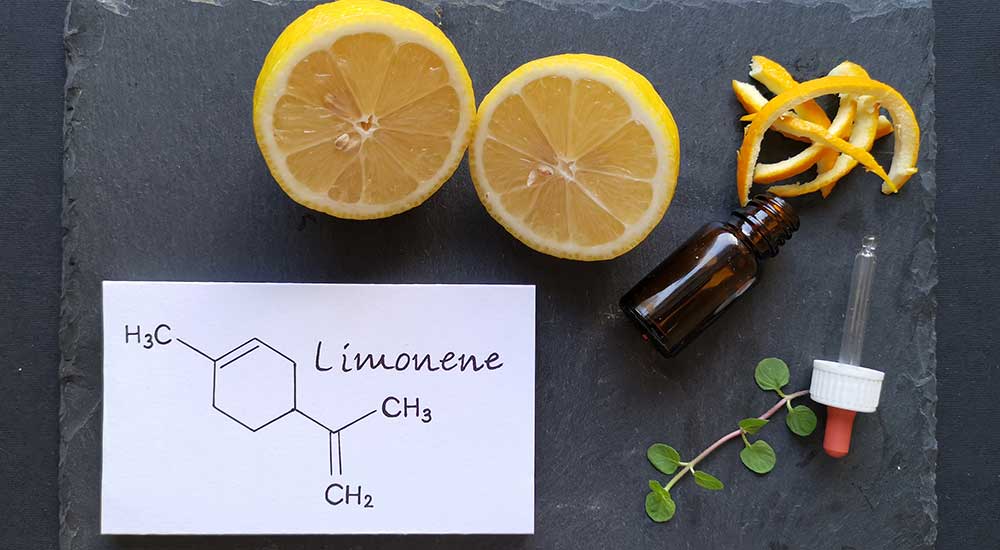
Caryophyllene:
The hardest terpene to spell correctly, Caryophyllene plays an important role in regulating how our endocannabinoid receptors function. This intense blend of spice, peppers, and sharp aromas of basil & oregano often makes people salivate – who doesn’t enjoy the smell of an Italian kitchen when they take their daily hemp medicine? Caryophyllene isn’t as well known as a Myrcene, but because it can influence the CB2 receptors in our bodies it is receiving a lot more attention as a possible “activator” terpene that can change how we benefit from cannabinoids.
There are a number of other relevant terpenes & cannabinoids you should know about – such as Humulene, Ocimene and Terpinolene – but the list goes on into the hundreds. It’s important that you keep up-to-date on all the developments in this fascinating field of plant compounds. The terpenes & cannabinoids chart is constantly expanding, and the answers to the questions “what are terpenes?” and “do terpenes get you high?” are ever-changing.
Exploring this fascinating realm of cannabinoids and terpenes will help you to learn to distinguish between cannabinoids and terpenes so that you can customize your cannabis or hemp experiences. Certain combinations of these plant compounds can truly change your life and make you rethink your health. Find the terpenes & cannabinoids chart that suits your lifestyle and make sure you try them all – the more you explore, the better chances you have at revolutionizing your health & wellbeing.
FAQ’s
What are terpenes for?
Terpenes are unique plant compounds that influence the aromas, flavors and biological effects of certain plant species – such as cannabis & hemp. Terpenes can determine a person’s experience with cannabis or hemp, such as how it tastes, the lingering scents and the level of psychoactivity. However, there is a growing contingency of researchers that have realized that terpenes likely play a larger role in influencing the biochemical interactions between cannabinoids and human Endocannabinoid Systems.
Do terpenes get you high?
Terpenes can certainly affect a person’s high, but just like cannabinoids like THC are thought to be the instigator for psychoactivity we are discovering more and more about terpenes and how they impact our minds & bodies. Terpenes can influence your sensory experience, increased the headiness or duration of your high, and other extraneous factors of your cannabinoid experience.
How do terpenes work?
Terpenes can be very impactful on your sensory experience with cannabis or hemp – such as the aromas, the flavors, the way you feel during the entire experience. On the other hand, it can be very therapeutic and enhance the way in which the active compounds (cannabinoids) influence your high, the pain-fighting effects, or the relaxing calm you feel when you consume cannabis or hemp.
Will terpenes fail a drug test?
Typically, drug tests analyze for cannabinoids like THC. Terpenes are not considered to be agents for psychoactivity, therefore they are not tested for and aren’t likely to be cause for concern – their effects are primarily sensory or therapeutic.
What are the benefits of terpenes?
Terpenes can have profound impacts on your health & wellbeing. Not only do terpenes greatly impact how plants taste, smell and feel when ingested but they also have many therapeutic after effects associated with them. Pain-reduction, anti-inflammatory properties, calming and relaxing effects are just a few of the common benefits of certain terpene profiles.
Do terpenes have medical benefits?
There are so many terpenes and combinations that not enough is known about them entirely, but they have been shown to influence many therapeutic effects when consumed with cannabinoids. For instance, certain terpene profiles can lead to reduced stress, less pain or inflammation, antibacterial or antifungal properties, and better restfulness or sleep. There is much more to discover when it comes to cataloguing terpenes in cannabis & hemp, but for now we can say with confidence that terpenes have a host of benefits to your mind, body & soul.
Can terpenes be harmful?
Terpenes are not known to be harmful to a person’s health, nor are they associated with any adverse effects. Terpenes largely affect the flavors & aromas of a person’s experience with cannabis or hemp, and they also offer many therapeutic benefits as well. There have been some studies into certain people showing signs of non-serious ‘allergic reactions’ to particular terpenes, but until more research is conducted on this subject it is safe to assume that terpenes are not to blame for negative effects from cannabis or hemp.
What is the difference between CBD & other terpenes?
CBD is not in fact a terpene but is actually one of the active plant compounds found in cannabis & hemp, called a “cannabinoid” or “phytocannabinoid”. Terpenes are like flavor & aroma profiles for cannabis/hemp, affecting how they taste/smell. On the flip side, cannabinoids like CBD are the active ingredients that impact how you feel – whether you feel “high”, or relaxed, or sleepy or energized. Terpenes and cannabinoids like CBD definitely have their share of interactions with one another, but there are distinct differences between how they influence you and your health.

